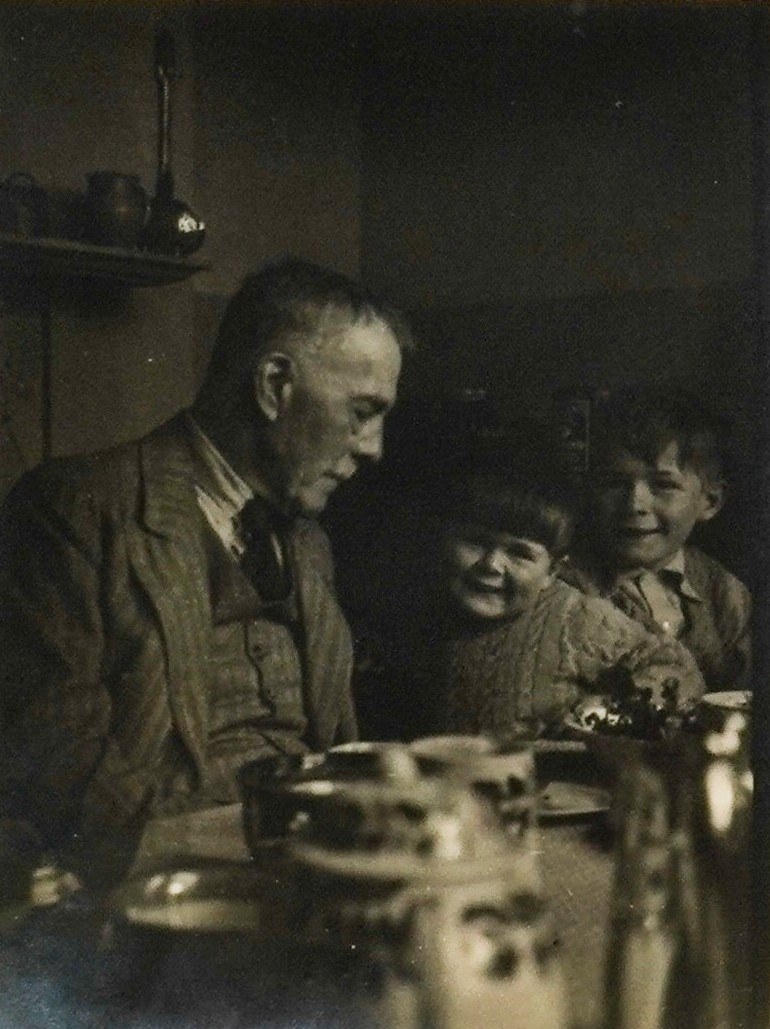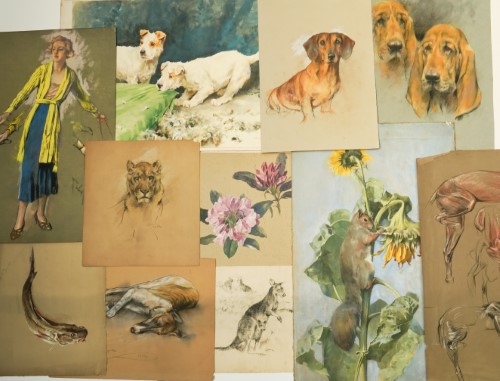ARTHUR WARDLE – THE STUDIO SALE
Old Master, British & European Art | 28th March 2024 | 11am
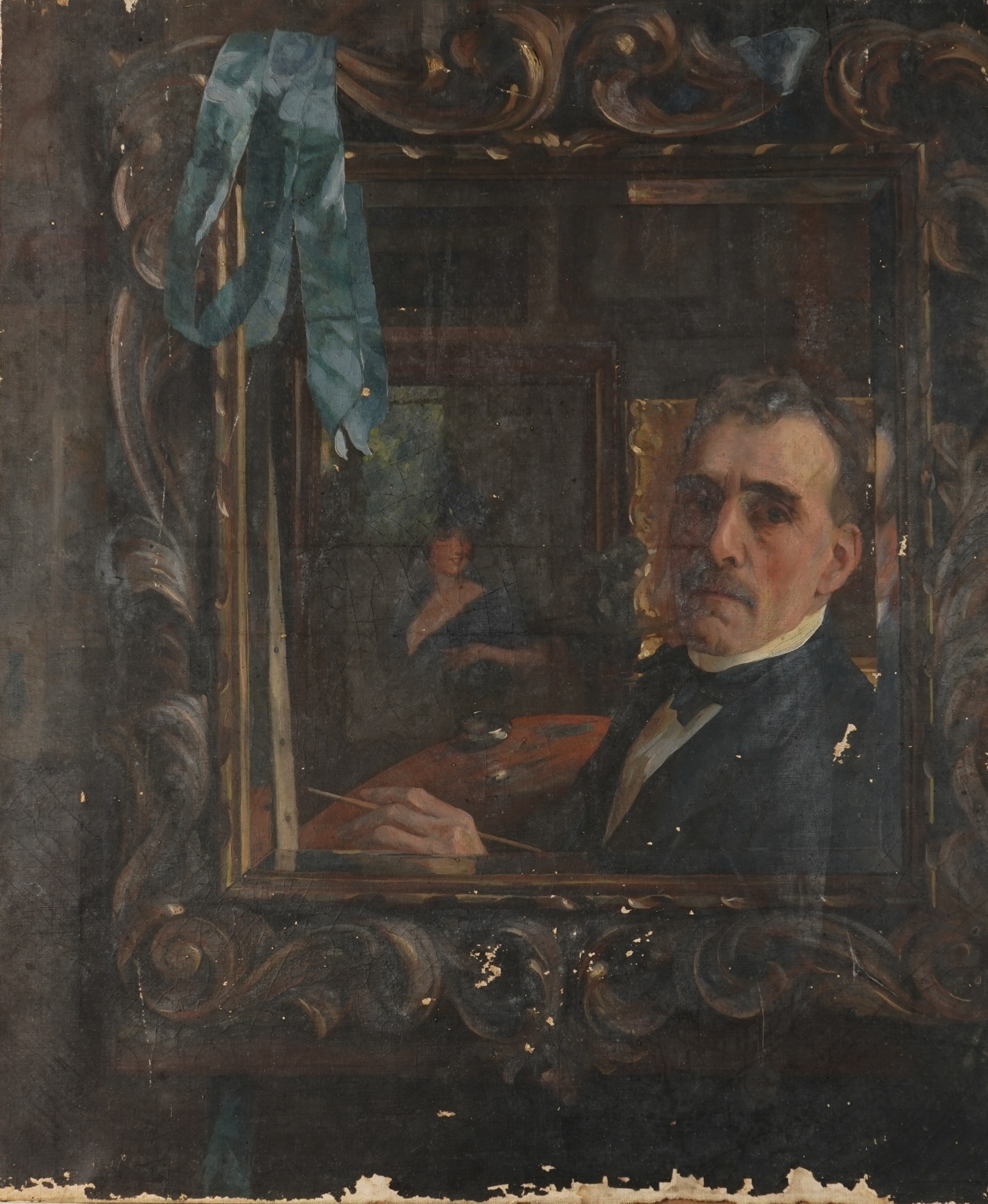
Bellmans are delighted to be offering a superb collection of oil paintings, pastels, watercolours, sketches and sculpture by Arthur Wardle, one of the foremost British animal artists of the late 19th and early 20th centuries. Although Wardle can be compared to the likes of George Earl and Archibald Thorburn, the diversity of subject matter, and medium, sets him apart; from bear to bullfinch, stag to squirrel, tiger to terrier his ability to capture the essence of an animal has few equals. Much of his work captures the dramatic and sometimes brutal nature of the animal kingdom and so imbued with life and energy are his subjects, that it often appears they will move off the sheet or canvas at any moment. The collection also includes some beautifully stylish and sensitive figure studies as well as a consummate self-portrait
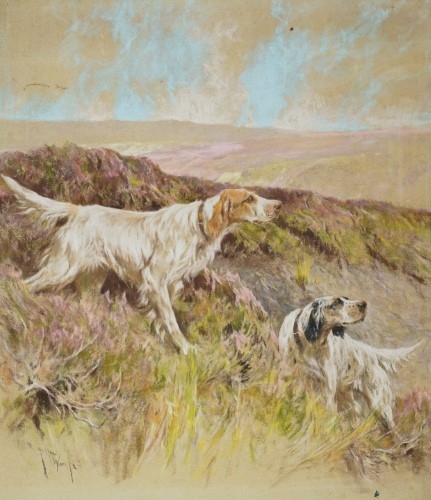
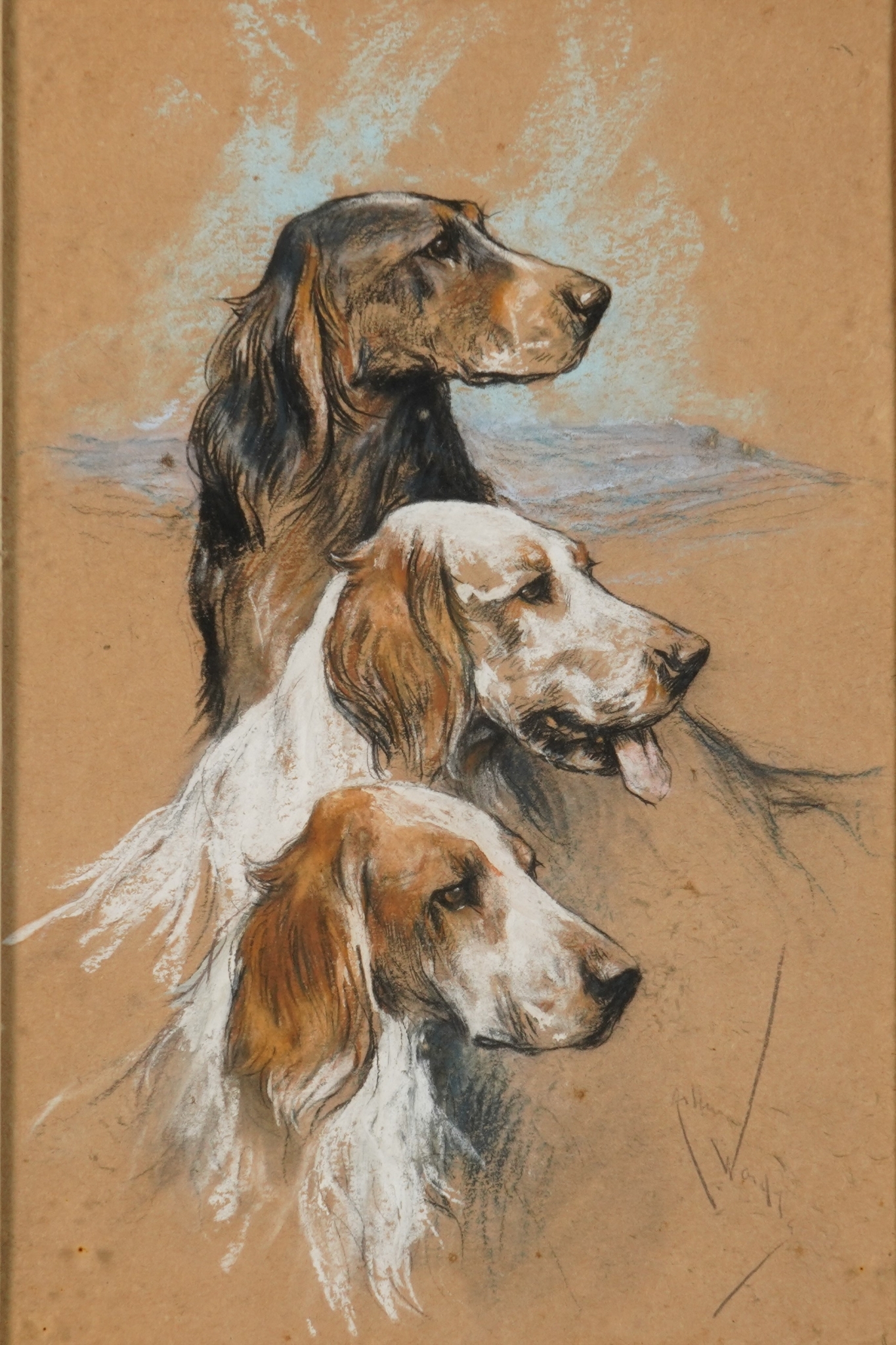
Arthur Wardle was born in London in 1864 and although he received no formal artistic training it is likely he received guidance from some of his numerous artist neighbours in Chelsea. Study of Cattle on the banks of the Thames was accepted as a Royal Academy exhibit in 1880, when Wardle was only 16 years of age, the first of some 113 works exhibited at the RA in his lifetime. Much of his early work was based on mythological themes such as The Flute of Pan (1899), The Enchantress (1901) and Circe (1908) which incorporated the natural world but, with the classical background, were elevated to a higher artistic status.
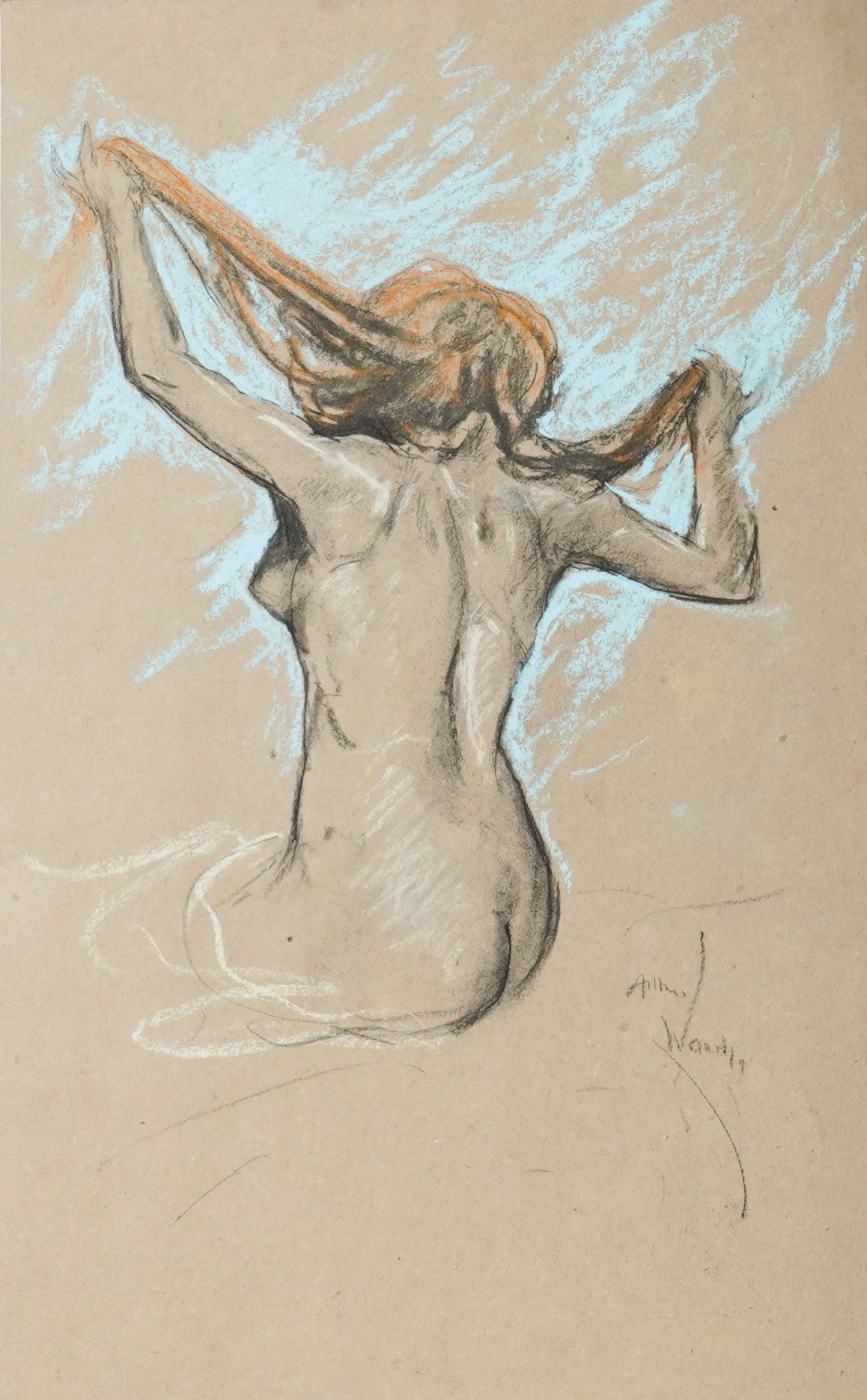
In 1892 Wardle moved, with his wife Cecilia, from Oakley Square in Camden to Alma Square in St Johns Wood. Not only was this an area popular with fellow artists but it also allowed him easy access to London Zoo, where he could study his more exotic subjects first-hand. The present collection, with its numerous sketches of big cats, is testament to the hours spent in meticulous study and intense observation. While family tradition has it that Wardle never travelled abroad, it is quite possible that he went to Africa, India and South East Asia in the 1920s, although depictions of the savannah, which his lions inhabit, are based on certain tors on Exmoor.
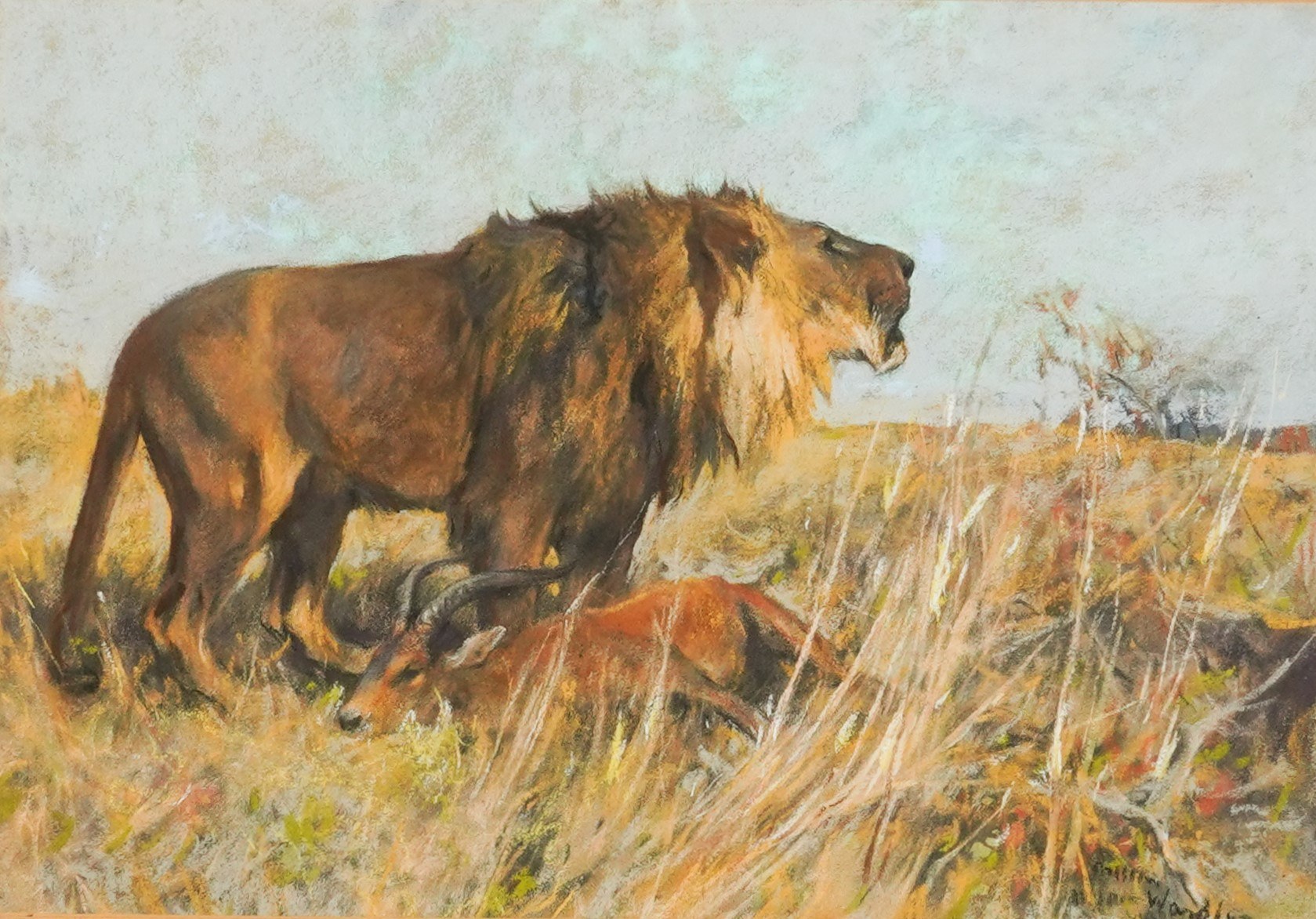
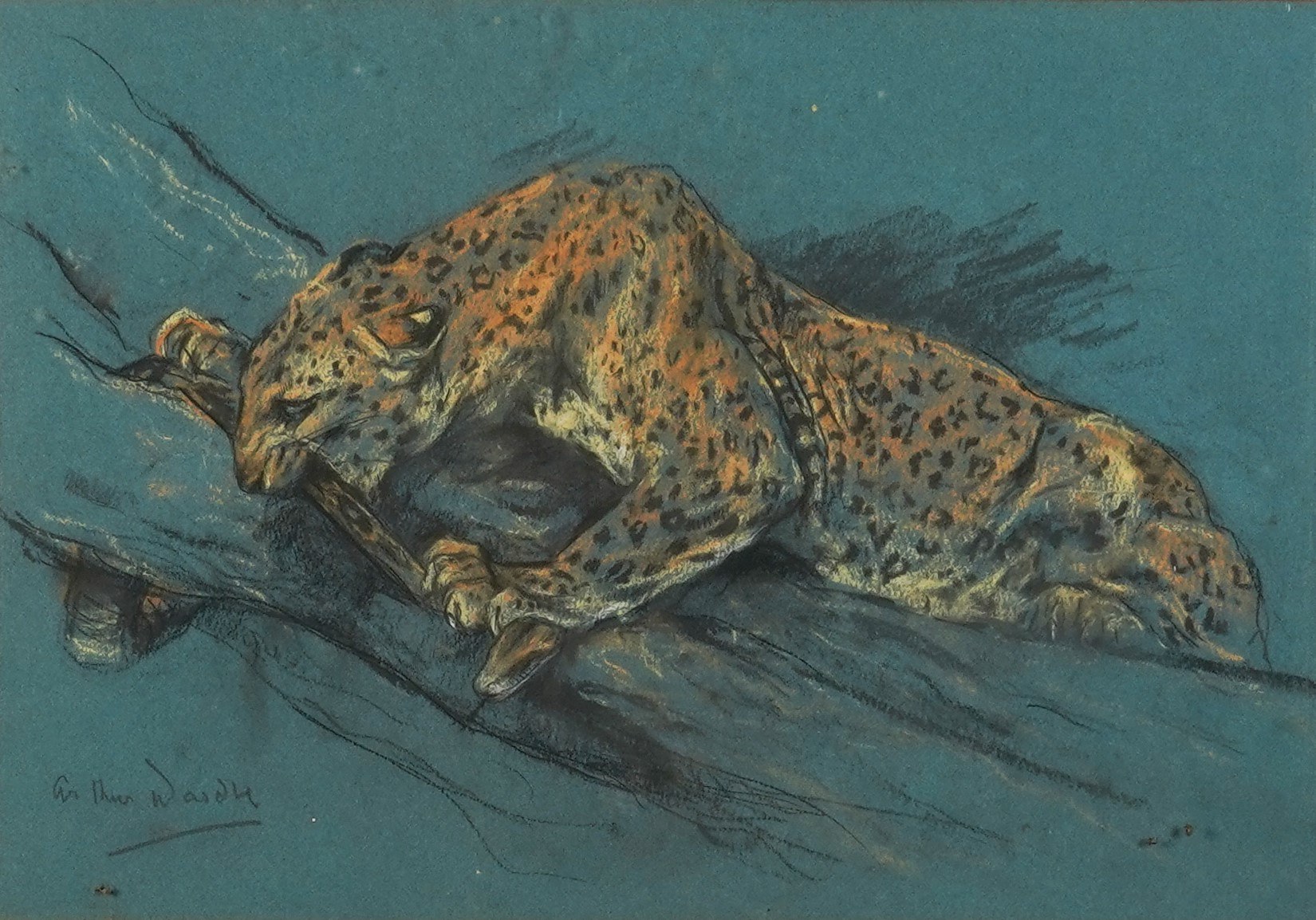
Wardle was a founding member of The Pastel Society and used this particular medium to great effect, as did a number of prominent contemporaries including George Clausen, Arthur Melville and James Guthrie. Pastel’s organic application suited Wardle’s style and allowed him to capture his inherently unpredictable subjects quickly. While he was rightly acclaimed for his wildlife subjects, his rendering of dogs earned him commercial success with work reproduced by tobacco companies as well as on greetings cards, calendars and pottery. His painting featured in the Great British Empire Exhibition at Wembley and was followed by a one-man show at The Fine Art Society in 1931.
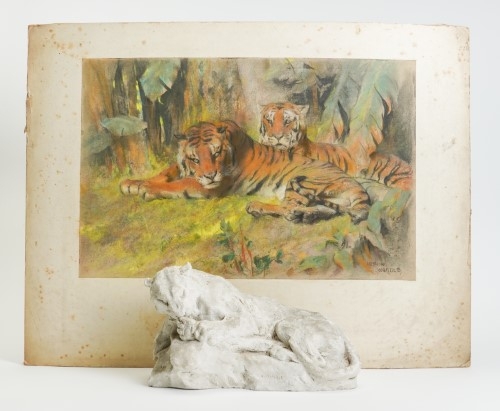
The lasting appeal of Wardle’s work is arguably down to its lack of sentimentality and anthropomorphism; the technical brilliance with which he renders anatomy is matched only by the palpable sense of character and vitality. All works have come directly from the Wardle family.
